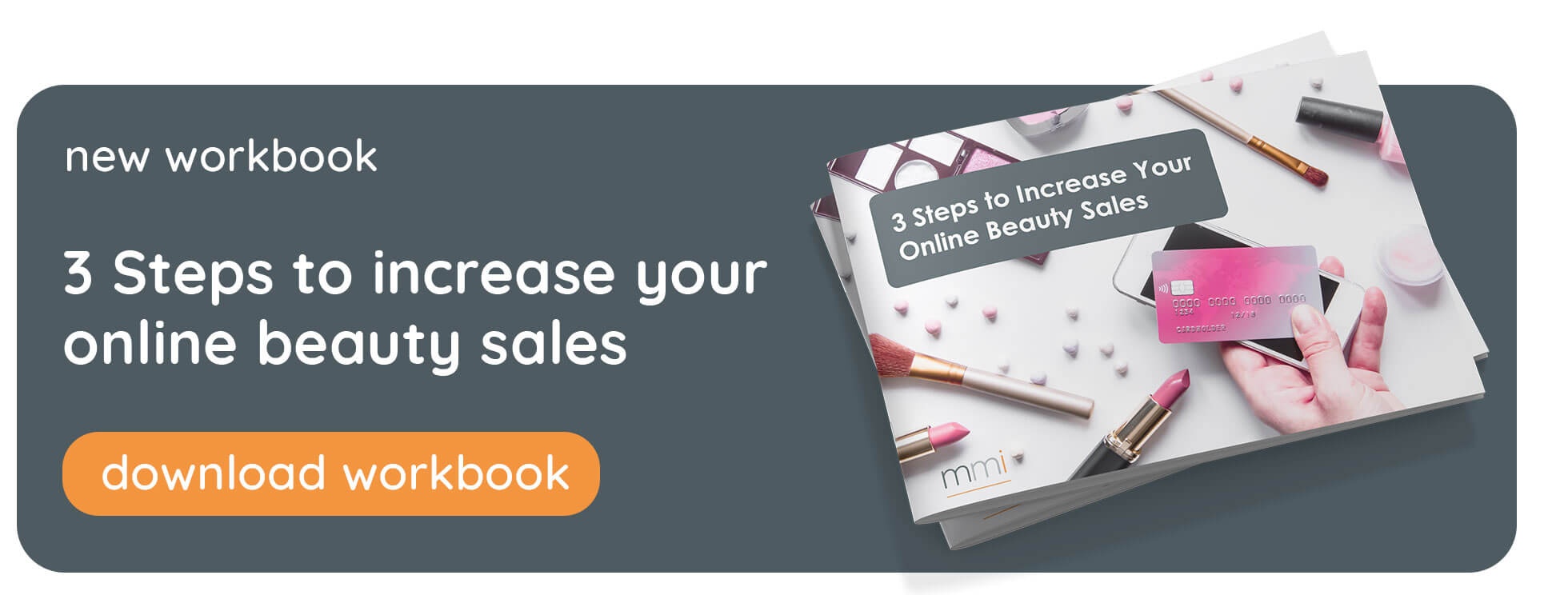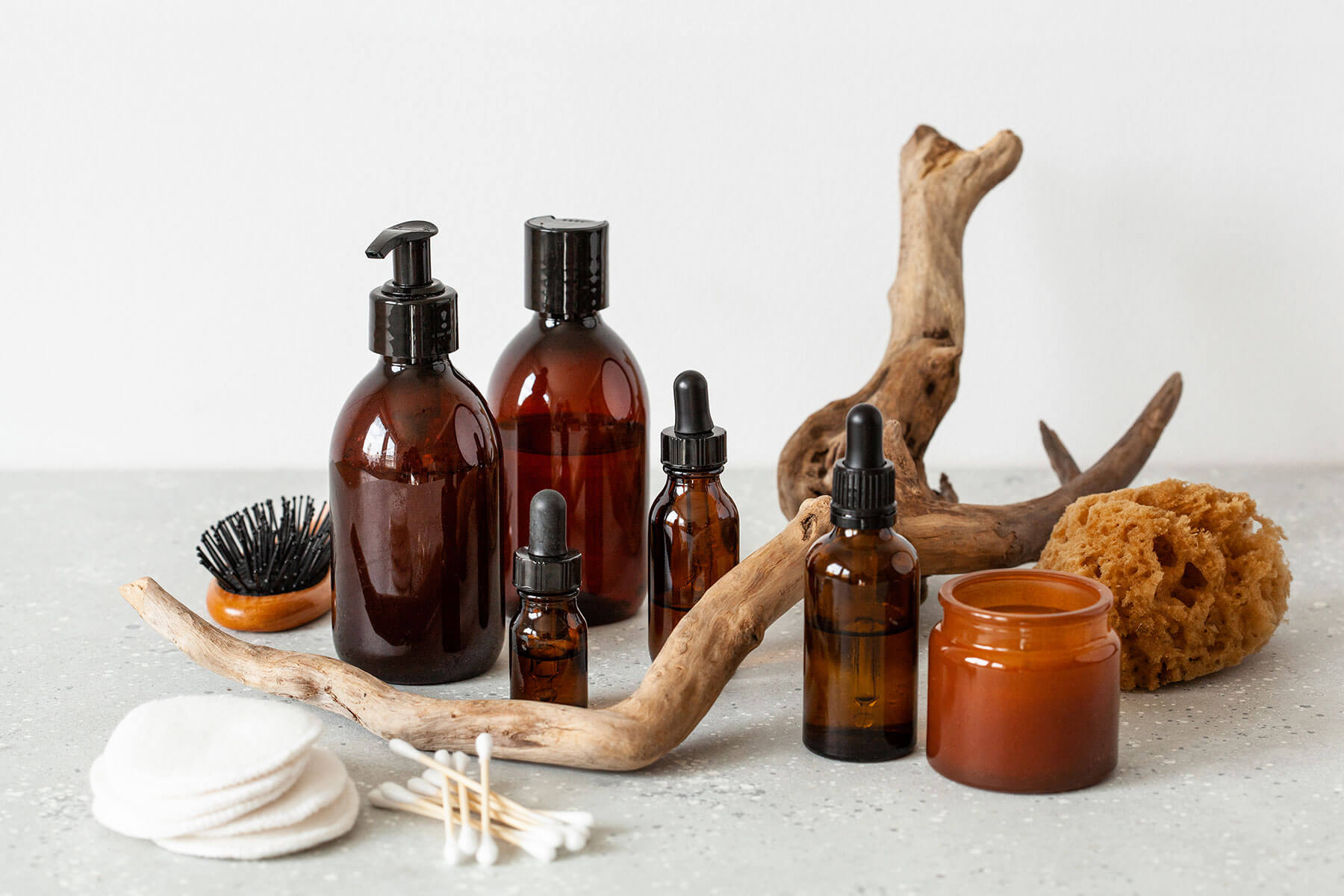As new data reveals that online shopping will account for nearly 30% of all global beauty sales by 2026, it’s more important than ever for brands to review and refine their future ecommerce strategies. But, with so many elements making up the beauty ecommerce path to purchase, where should you be focusing your attention? Here are five key areas that, when optimised, deliver tangible results and revenue…
1. Boost your brand visibility across all channels
The first step to any sale is visibility. The more your brand is seen, the more traffic you can drive to your product pages, guiding consumers closer to making a purchase. For this reason, it’s crucial for beauty brands to work on enhancing their reach on the spectrum of channels, from social media to the etail store itself.
A multi-level PR and marketing strategy should encompass:
- Influencer campaigns, with a focus on talent whose audience demographic aligns with your target consumer. An influencer-identifying tool will enable you to reach the ‘right’ people and drive bigger impact.
- Coverage across digital publications, with trackable links (where possible) to measure return on investment (ROI) for your PR strategy.
- Captivating content creation for owned channels and paid media, including Instagram, TikTok and YouTube. A testing and learning process allows you to optimise this content over time.
- Co-op advertising on your chosen etail store(s). Negotiating a high on-site share of voice (SOV) is key to attracting browsing buyers and directing them to your brand.
Being present across each of these digital touchpoints ensures high visibility across the web – including on the etail site you’re sending customers to.
2. Optimise your product page content
Once customers reach your product pages, your content must engage, inform and persuade them in order to see a noticeable boost in your conversion rate. Copy and visuals should work in tandem to bring the product to life in the absence of testers. It’s easy for brands to miss the mark here, and end up losing a sale to a competitor, so carry out regular etail content reviews to see where improvements could be made.
Content page elements to consider include:
- Easy-to-read copy. Establish a messaging hierarchy for each product, and start with the most important point first. Use short sentences and bullet points so customers can skim read if they want to.
- A range of detailed product images, including packaging, applicators (where relevant), texture and shade swatches, and stills that show ingredients or fragrance notes.
- At least one video. This could be a mood-setting ad for a fragrance, a tutorial for a makeup product, or a reel that demonstrates the benefits of a skincare product.
3. Understand etailers’ pricing and promotion strategies
Many etailers follow a similar pricing strategy year-on-year, and by monitoring on-site costs, you can start to see patterns in how they typically discount products. The right tool will show you when they start promotions, how long for, and how deep the discounts are, so you can understand how they treat your products – and those of your competitors. Over time, you can begin to preempt promotions, as well as spotting surprise sales, giving greater context to buying behaviour from one month to the next. Your tool should also enable you to see when other beauty brands are discounted, which you can link back to any drops in your own sales data.
4. Audit etailers to identify strong relationships
Etailers are fast becoming influencers in their own right, with the likes of Cult Beauty and Sephora boasting millions-strong followings on Instagram and TikTok. Customers don’t just go to them when making a purchase, but they trust their social media and editorial teams to provide them with honest advice on trends, ingredients and hard-working formulas.
As a result, a mention on an etailer grid or blog post can be highly lucrative. Sometimes, you’ll need to pay for the privilege, but other times it happens organically. By running audits, you can see which etailers are promoting your products across their channels, and understand who should be your focus for future launch campaigns. Those you have a stronger relationship with are good candidates for product exclusives, as the sudden boost in presence will feel more authentic, and their shoppers may already be engaged with your brand. Equally, you may use this audit to identify etail relationships that need more work, then spend time building up better partnerships. One way of doing this is teaming up with the etail team on a shoppable feed, or providing influencers with trackable links to a chosen store.
5. Regularly review your marketplace presence
Unauthorised retailers are a growing problem in the beauty industry, with third-party marketplaces allowing products to be sold by mystery sellers. The big problem here – aside from the fact that it skews your revenue – is that you have no control over customer care or the quality of product that’s sent.
If the experience is poor, it can reflect badly on your brand, as customers may not know the seller is unauthorised. However, with a marketplace monitoring tool, you can track these third parties down, and take necessary action to mitigate such problems in the future. And, by making the monitoring process part of your team’s ecommerce strategy, it becomes easier to protect your all-important brand equity.
Do *this* before you start your next strategy
Before you start following these tips to enhance your ecommerce strategy, download and fill out the new mmi workbook: Your Three-Phase Guide to Elevating the Online Beauty Shopper Journey . It encourages you to think about your current performance with questions for you and your team, and outlines the changes that will propel customers to the point of sale. This is a great exercise for marketing, ecommerce and PR professionals looking to drive success in the lead-up to Q4 – and beyond. So download now , share it with your team, and get planning.





